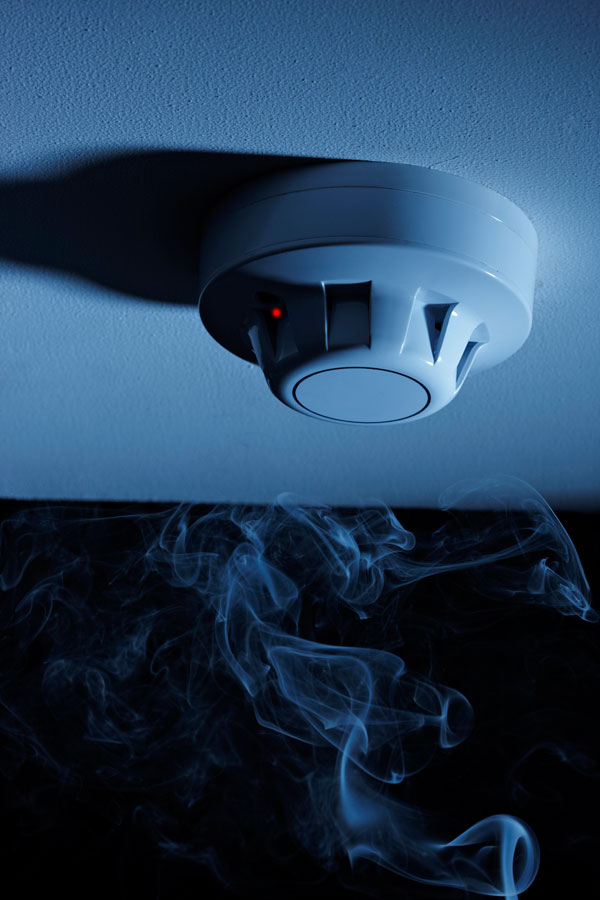Fire Alarm & Gas Detection
OUR PARTNERS






Early detection of danger can prevent damage or fatalities
Since this field is carefully restricted by applicable legislation, any investment in fire detection and alarm systems is not just a matter of wise business judgment that safeguards people’s lives and property, but also of a legal, statutory requirement. Systems that provide quick threat identification and adhere to all applicable industry requirements are provided to our clients.
Early identification for complete threat Removal
It is crucial that a fire or gas leak be discovered as soon as possible when they occur in order to respond quickly and take all required precautions to protect persons and property. We provide cutting-edge solutions based on analogue addressable technology, with a fire-fighting center that is microprocessor driven and can interface with many external modules, including addressable detectors, notifiers, control, and monitor modules.
For places without unique fire protection needs, optical, thermal differential, thermal maximum, and multi-criteria detectors are utilized, depending on the kind of facility and the client’s company. The most difficult regions are also equipped with unique UV, IR, SMART4, BEAM, and ASD fire and smoke detection modules as well as thermal cut-off components (FIRETRACER). Our solutions meet all required requirements (EN54, Vds, ATEX) since they include the option of gas leak detection inside the same system and touch panels with graphic interfaces for quick detection of fire breaking out sites.
Single Point Control
Systems for detecting fires can be automated, manually operated, or a combination of the two. While automatic systems are managed by the fire protection center, which activates a sound alarm and/or places a phone call to the fire-fighting service and other predetermined numbers, manual systems involve call points that are initiated by facility users or residents.
It is possible to monitor and control fire alarm and gas detection systems from a central location or from remote terminals, and they can be integrated with the client’s other safety systems.

